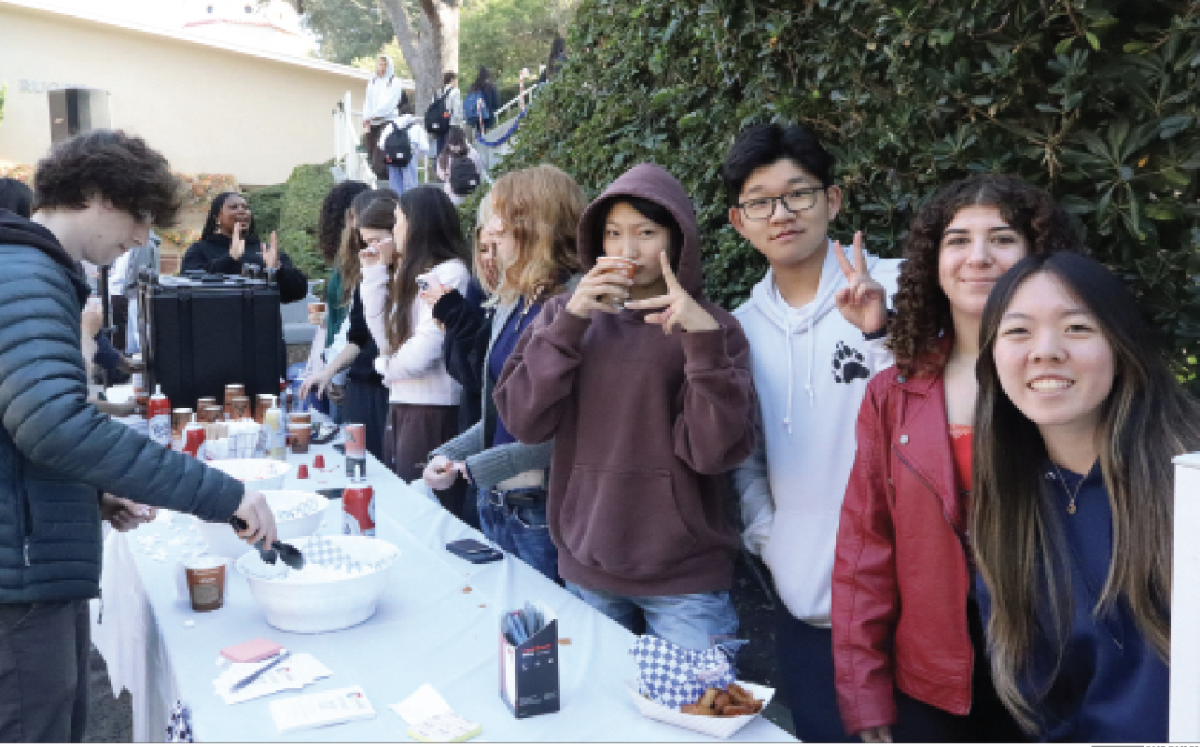By Marsha Labunsky
Danielle Kolin â08 will present her summer research on eye cancer to the American Academy of Ophthalmology on Friday in Las Vegas.
Kolin spent two months this summer working with Dr. A. Linn Murphree, director of the Retinoblastoma Center at Childrenâs Hospital Los Angeles. She researched retinoblastoma, an eye cancer that originates in the retina and only affects children under three years old. If left untreated, this cancer could be fatal.Â
Kolin was most interested in the post-operative complications that can occur, specifically studying the different ways of putting in eye implants so as to limit exposure when an eye implant comes out. Although she considered many factors such as the brand of the implant, size of the implant, age of the patient and whether or not the patient had chemotherapy or radiation, the determining factor for exposure was the wrapping material of the implant.
In a third of the surgeries, the eye was covered with sclera, the white fibrous outer envelope of tissue covering all of the eyeball except for the cornea.
In another third, the eye was covered with the excess fatty tissue from the removed eye. In the final third, the eye was not covered with anything but put in dry.
After studying the data of Murphreeâs patients who had their eyes removed in the last six years, Kolin discovered that only one exposure occurred when the sclera was used and none occurred when the fatty tissue was used.
All the other exposures occurred when the implants were put in dry. The presentation will last about 10 to 15 minutes and will entail a PowerPoint slideshow of her findings. There will be a question-and-answer session as well.
âThe feeling you get when you see the correlation and realize that something was actually there, because it totally could have just not worked out and there could have been no correlation whatsoever, that feeling is so incredible,â Kolin said. âIt just kind of washes over you and youâre like, Wow, I just helped someone out there, somewhere.â


































